ANITA LETTINK:Why I'm not writing 2024 HR trends
Anita Lettink, in her newsletter, discusses why she is not writing the 2024 HR trends. She emphasizes the importance of a dynamic, continuous strategy over annual predictions in HR. The article reflects on the evolving nature of work and the need for a fluid, adaptable approach. Lettink argues that understanding and navigating HR challenges require responsiveness to rapid changes in technology, economics, and workforce dynamics. She introduces the 2024 HR challenge, encouraging HR professionals to maximize the use of their HR solutions and focus on making incremental changes to better support their workforce.
推荐给大家;
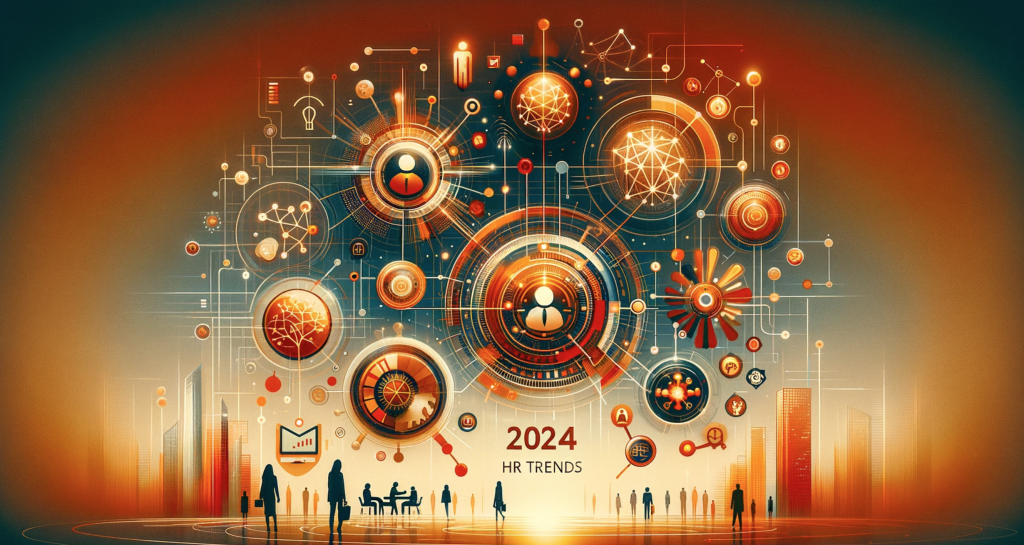 Hey future of work friends,
I probably find you during budgeting and planning time. For me, it’s the end of conference season. I did my final keynote on the New Employee Experience at Indeed FutureWorks last week. And now I am back home, and will use December to read everything I bookmarked to surprise you with new keynotes and articles next year. I’ll also write my annual HR Tech Startup report.
And if you’d like an in-company webinar on what to expect from AI in HR or how to prepare for Equal Pay please reach out - I’ve got you covered!
Hey future of work friends,
I probably find you during budgeting and planning time. For me, it’s the end of conference season. I did my final keynote on the New Employee Experience at Indeed FutureWorks last week. And now I am back home, and will use December to read everything I bookmarked to surprise you with new keynotes and articles next year. I’ll also write my annual HR Tech Startup report.
And if you’d like an in-company webinar on what to expect from AI in HR or how to prepare for Equal Pay please reach out - I’ve got you covered!
Thinking about the Future of Work is important. And yes, you’d already assumed I would say that. I've spent years analyzing trends at the intersection of economics, business, technology, and human resources. Each year, I've distilled these insights into trend articles, aiming to forecast the year ahead. However, I've realized that our rapidly evolving world demands a different approach. In this newsletter, I'll share why I've moved away from annual trend predictions and why we need a more dynamic, continuous strategy in understanding and navigating HR challenges. I'll explore how embracing a fluid, responsive stance can better equip us to handle HR (tech) developments.
I stopped this tradition. And if you wonder why, it's not for a lack of trends or changes in the industry—far from it. The HR landscape is as dynamic as ever, perhaps even more so. But I've realized that these annual trend articles, while insightful, may not be as beneficial as I once thought. Sure, they give a nice overview of what’s happening and what might happen, but you can’t run after every trend. And most years there were way too many of them.
The world of work is evolving at an unprecedented pace, and the tools and strategies that were groundbreaking a year ago might now be outdated. In this fast-paced environment, I believe that what we need isn't annual predictions but a continuous, adaptable approach to understanding and navigating HR challenges. When you want to provide a stable environment for employees and your company, thoughtful, strategic adjustments might be much more impactful.
So, instead of offering predictions, I'm taking a different path. I want to share with you the reasons behind this shift in my thinking and why I believe it's crucial for all of us in HR to adopt a more fluid, responsive stance towards industry trends.
And that means we should think more in terms of how we can offer a stable base that can handle these sudden shifts. That also means we should not be so quick in dividing work in “the past” and “the future”. While some people argue you should only look at the future of work, I believe we should take a much more nuanced approach.
As example, the picture above: it’s often used to show the past and the future of work. In my thinking, both sides represent the future. It’s not either/or, it’s and/and. And when I speak about the New Employee Experience, I use it to encourage HR professionals to cast a wide net: how can you offer all work options, so you appeal to a larger section of the workforce? It’s not about discarding the past and looking at the future. It’s embracing both where you can. Some people like the 9-5 day, working from an office. Some people find profit more important than purpose. It’s about offering a wide range of choices, to attract and retain people in a time when the labor market is tight. That’s especially important when you work in the Global North, and a next major shift is upon us: a shrinking workforce due to demographics in combination with the lack of skilled workers.
And lastly, I also started to wonder if focusing too heavily on future trends might pull us away from the present. When we always look ahead, we might miss crucial opportunities to address current issues effectively or fail to build on the strengths we already have. It can sometimes cause us to miss out on addressing the immediate needs and challenges facing our employees and organizations.
By constantly chasing what might be ahead or new, we risk not fully leveraging the strengths and successes we currently possess. It's vital to strike a balance between preparing for future changes and optimizing our current practices. This way, we can ensure that our efforts are not only geared towards what the 'future of work' might look like but are enhancing today’s HR strengths, thereby creating a more holistic and effective HR strategy.
When you close a contract for an HR cloud solution, the vendor will not only maintain the solution in its current state, but also improve it over time. And the fee you pay covers all those new features and functionalities. That means you get more bang for your buck. But if you don’t activate any of these features, then the vendor is wasting development capacity, and you are paying for something you will never see. Would you consider that good use?
And the problem isn't just the use; you will also miss out on the potential to support your workers better and change your workplace. Every unused feature in your HR solution is a lost chance to improve employee engagement, streamline processes, or uncover people insights.
So, here’s my 2024 HR challenge for you:
1. Guess: How much of your HR solution do you use today?
2. Pick one unused feature in your HR solution, explore it, and make it available!
Try to make a gradual change every month. Repeat that during the first six months of 2024 and then evaluate your success or learn from your mistakes! And don’t forget to tag me with the results! Instead of focusing on yet another 2024 HR trend, let’s make sure that we first use our HR solution to the fullest, one feature at a time. I think this will be more helpful to your organization than you might think.
This shift is not just about how we talk about HR trends; it's about how we do HR. It's a move towards a more dynamic, responsive, and collaborative approach that recognizes the complexity and fluidity of our work. It's about creating a living dialogue that evolves with our ever-changing environment.
We must talk about the future. But it shouldn’t be confined to the end of the year. There is no reason for such a hard cut. I look forward to engaging with you, in continuous conversations about what we're seeing, doing, and expecting in real-time. This approach, I believe, will not only keep us more connected to the immediate needs of our organizations but also better prepared to adapt to whatever the future holds.
While I don’t write HR trend articles anymore, my commitment to helping you understand and make sense of the future of work is as strong as ever. I will keep you posted on the latest developments as I see them. I will continue to write this newsletter about my observations on how we can improve work with the help of technology, especially new tech.
Good luck with planning the year ahead. And let me know if you would have preferred a list of 2024 HR trends,
Have a great day, Anita
Decusoft asked me how companies can prepare for pay transparency and equal pay. You can find my answers
here.
Indeed asked people if money really makes them happy. Find the surprising answers, an interview with yours tryly and more compensation charts in this insightful Dutch report:
De toekomst van compensatie.

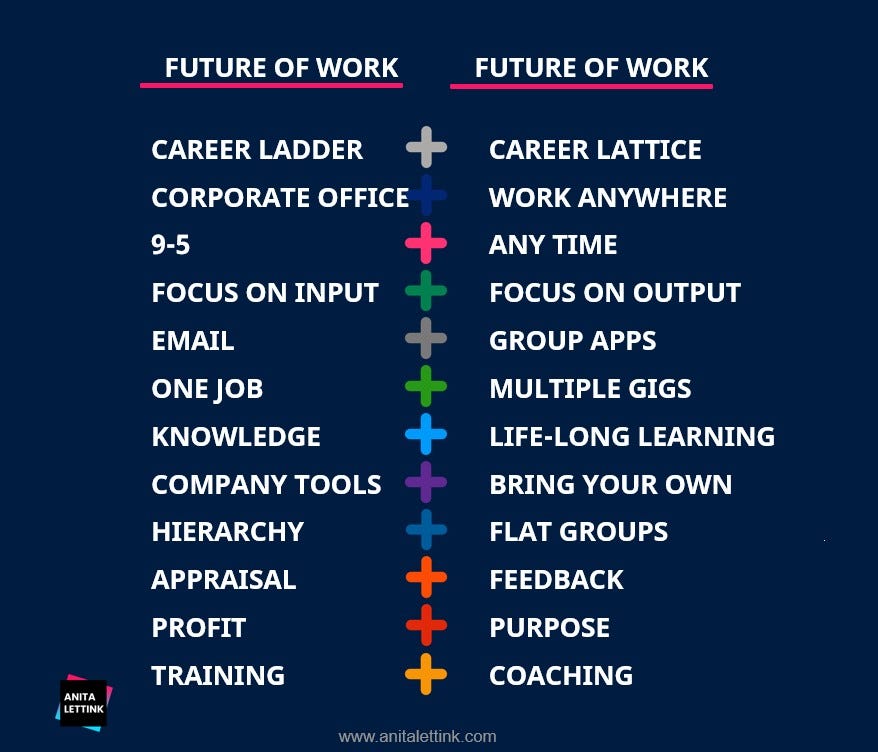

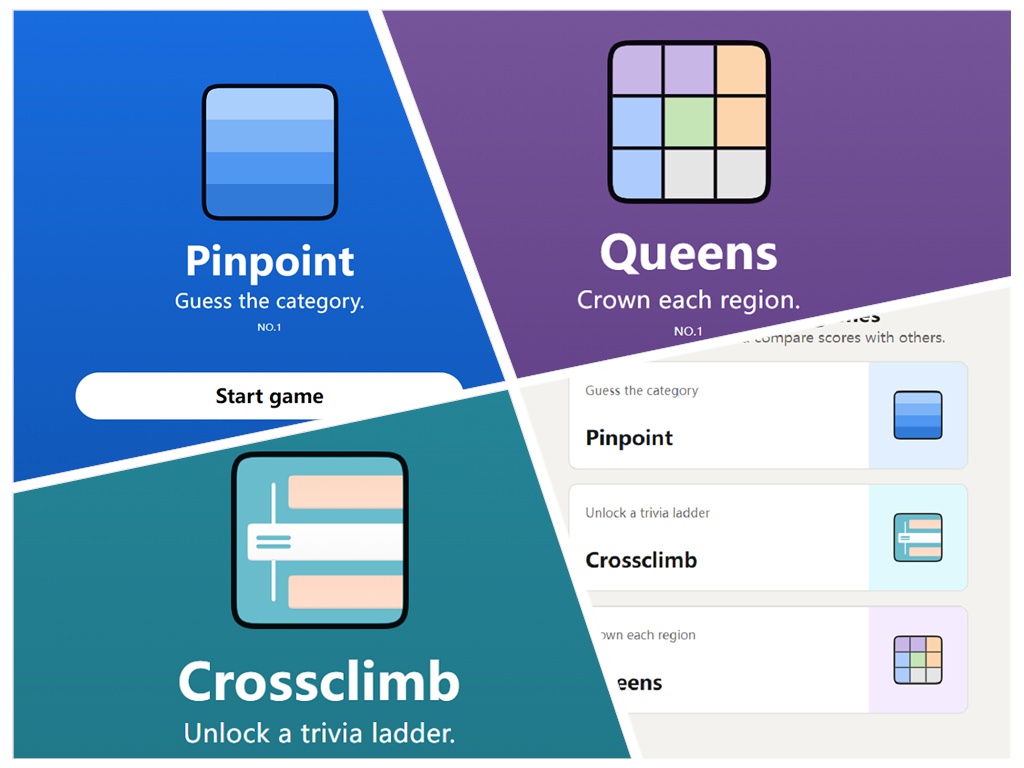
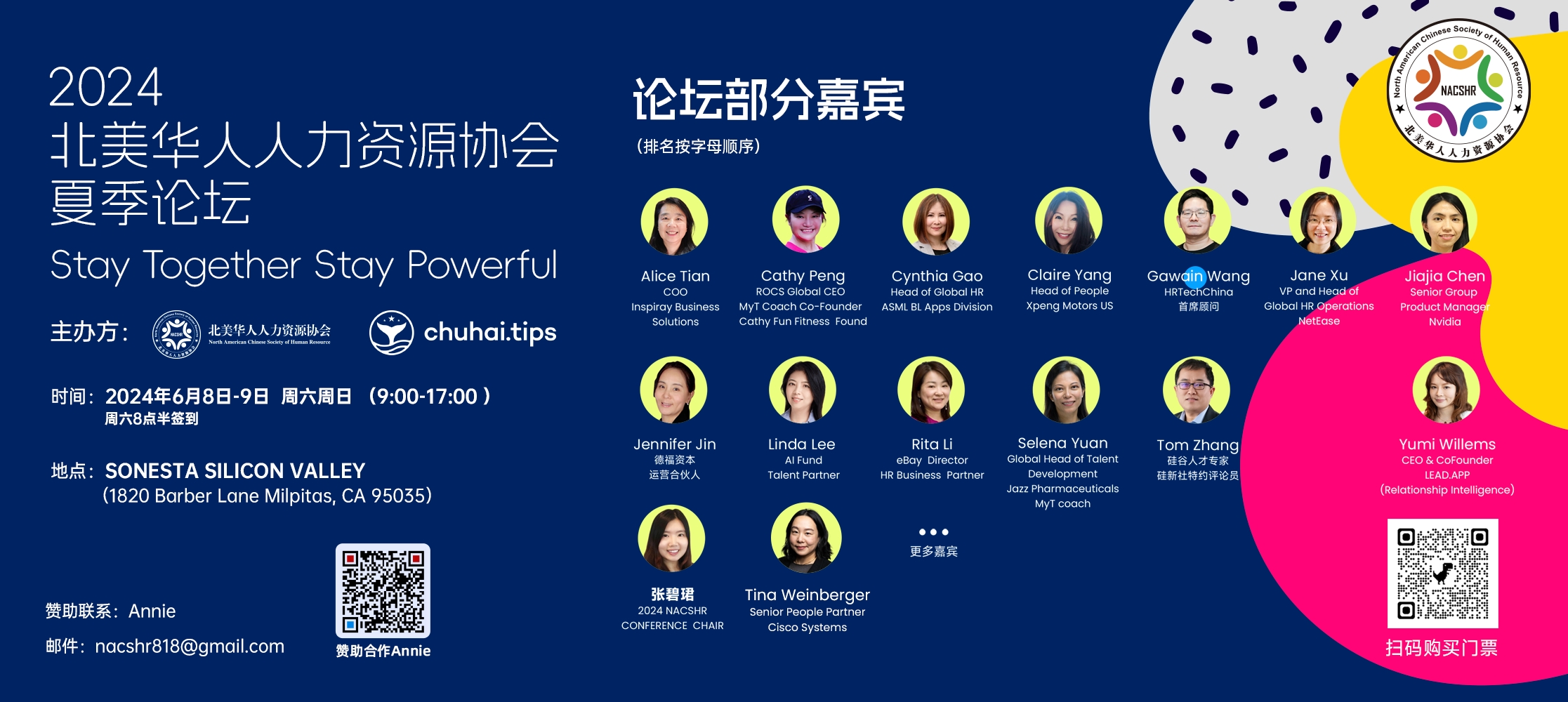
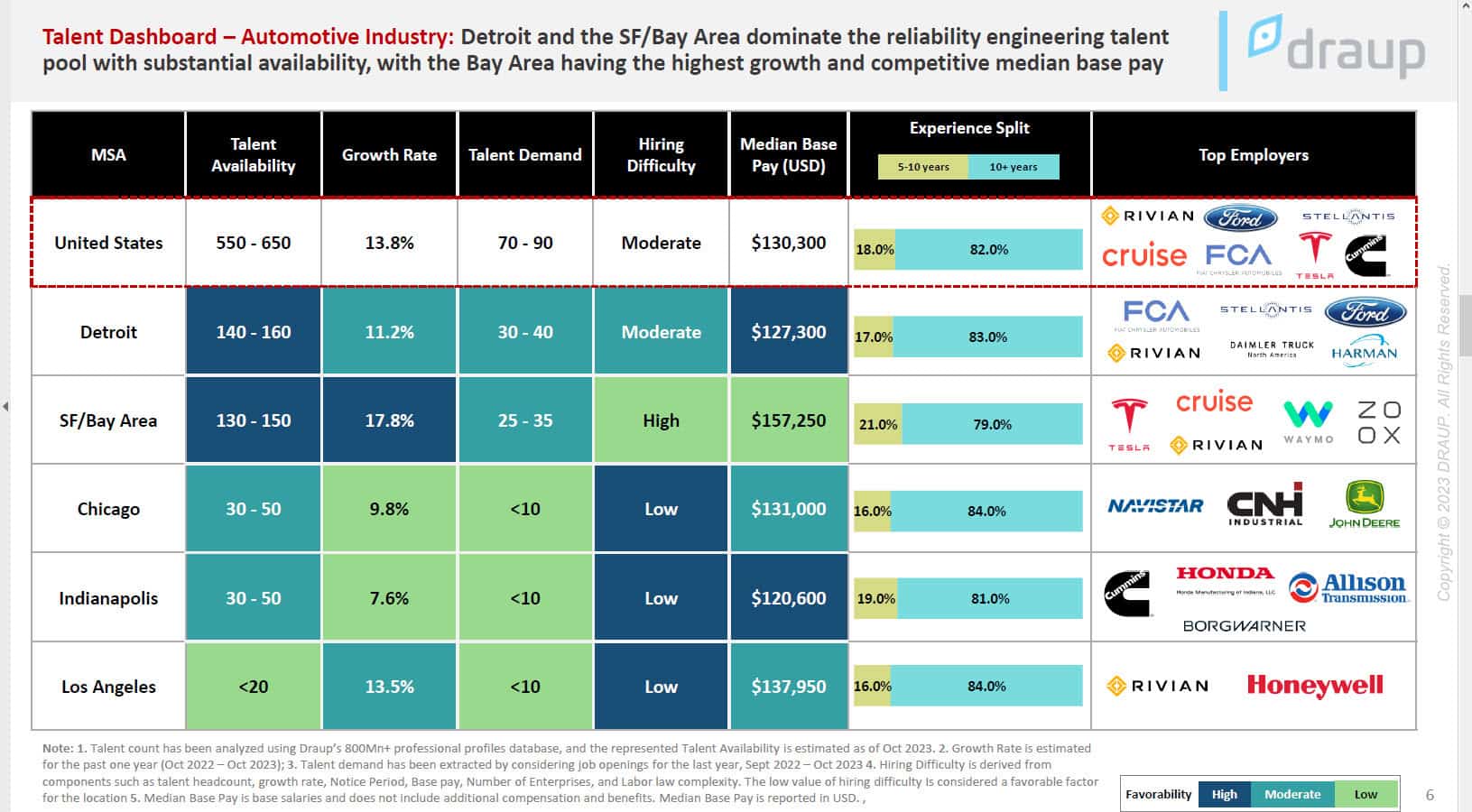
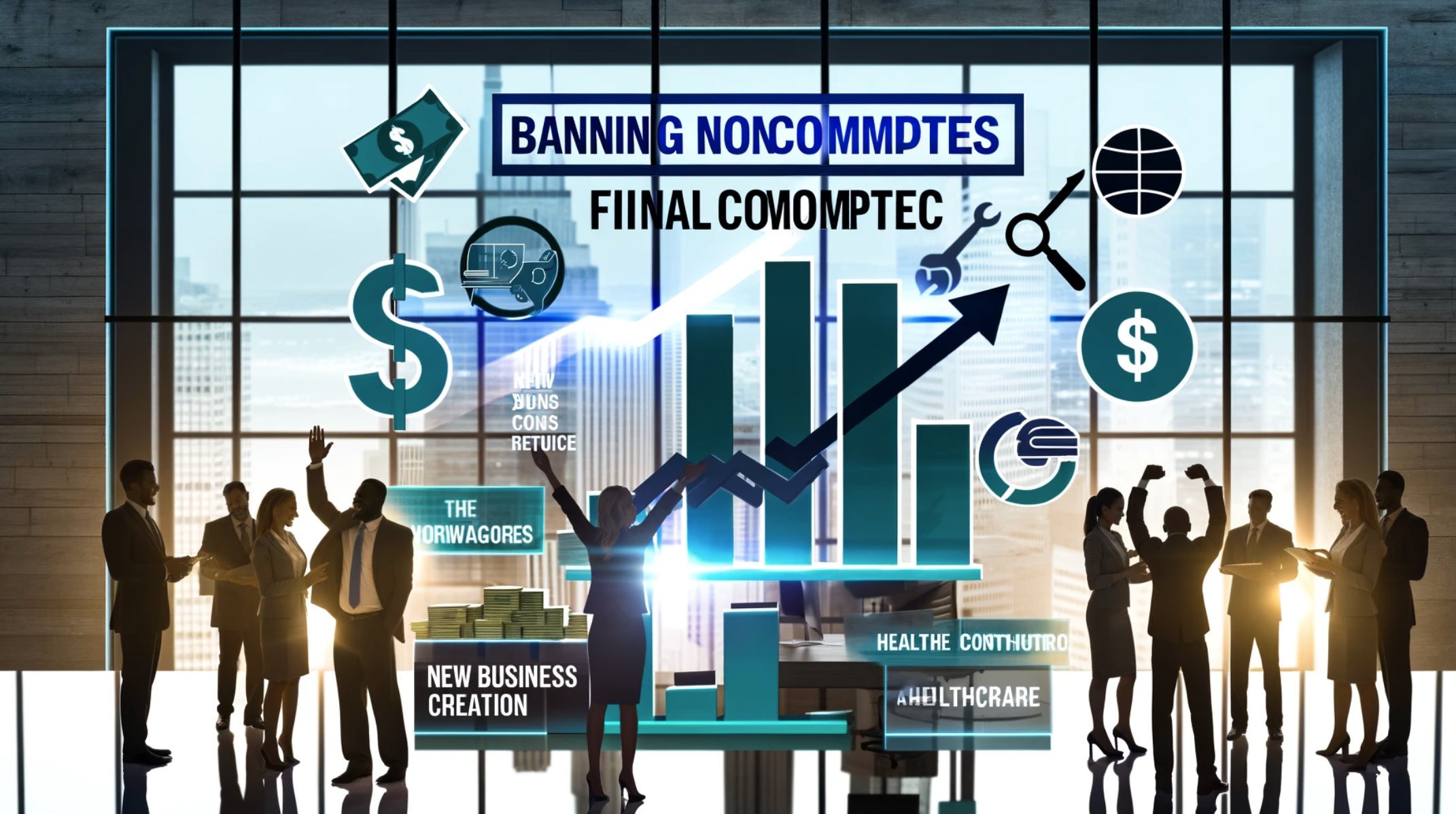
 扫一扫
添加客服
扫一扫
添加客服




